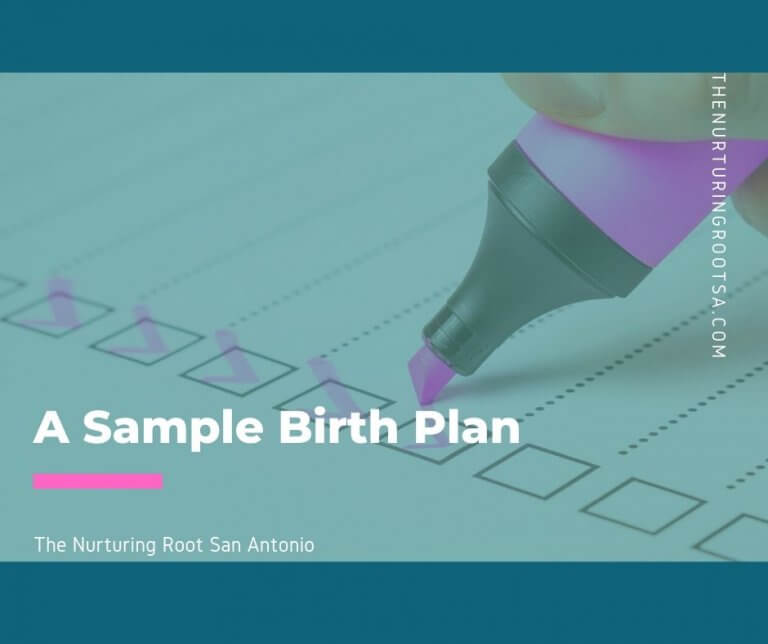Do I Need Cervical Checks in Late Pregnancy?
If you’ve had a baby before or even talked to friends who have, it’s likely you’re aware that many prenatal healthcare providers routinely perform cervical exams in the last few weeks of pregnancy. Questioning this practice could very well have never even crossed your mind. Maybe you’ve even been led to believe that the results…





